Disclosure: This article contains affiliate links. We may earn a commission from purchases at no extra cost to you, which helps our travel content.
Nestled in the Andean mountains at 8,660 feet above sea level, Bogota pulses with an energy that captivated me from the moment I stepped off the plane. As a climate analyst with a serious case of wanderlust, I've been drawn to Colombia repeatedly for its biodiversity hotspots and cultural vibrancy. But what keeps me coming back to Bogota specifically is how this sprawling metropolis of 7.4 million manages to balance urban innovation with deep cultural roots—all while being surprisingly accessible to budget travelers. During my latest week-long adventure here, I challenged myself to experience the capital's best offerings while keeping daily expenses under $30. The result? An immersive journey through colorful colonial streets, verdant urban parks, and community-led initiatives that left my wallet intact and my perspective transformed. Ready to discover how you can experience this Andean gem without breaking the bank? Let's dive in!
Finding Affordable Accommodation in the Right Neighborhoods
When I first visited Bogota as a wide-eyed college student five years ago, I made the rookie mistake of booking a hostel near the airport—convenient for my 6 AM arrival but disconnected from the city's pulse. Now, with several visits under my belt, I've learned that where you stay in this sprawling city matters as much as what you pay.
La Candelaria, the historic heart of Bogota, remains my top recommendation for budget travelers. This colorful colonial district houses most major attractions within walking distance, saving you transportation costs. During my recent stay, I snagged a bed at Masaya Hostel for just $12/night, which included breakfast and—crucially for digital nomads—reliable WiFi. The restored colonial building with its central courtyard provided the perfect atmosphere for connecting with fellow travelers over coca tea each morning.
For those seeking a more local experience, I recommend Chapinero. This up-and-coming neighborhood blends affordability with authenticity, particularly in its northern section. On previous trips, I've stayed at Colombian Dream Hostel, where dorm beds run about $10-14/night. The owner, Carlos, organizes weekly community dinners where travelers can learn to make traditional arepas while discussing environmental initiatives happening around the city.
While booking, I always pack my silk sleep liner for extra comfort in hostel beds. It weighs practically nothing in my pack but makes even the most basic accommodations feel more luxurious—a small investment that pays dividends on every trip.

💡 Pro Tips
- Book hostels directly through their websites rather than platforms to avoid booking fees
- Look for accommodations that include breakfast to save $3-5 daily
- Consider staying in a neighborhood like Chapinero Central for local vibes at lower prices than La Candelaria
Eating Like a Local: Street Food and Market Meals
If there's one thing I've learned from growing up with my abuela's cooking, it's that some of the most memorable meals come from humble kitchens—a truth that holds perfectly in Bogota. The secret to eating well on a tight budget here? Follow the locals.
My daily food routine typically starts with the complimentary hostel breakfast, but when that's not an option, I head to a local bakery for a pan de bono (cheese bread) and tinto (black coffee) for under $2. For lunch, nothing beats the corrientazo—a set lunch menu offering soup, a main dish with rice, plantains, and a small dessert for about $3-5. My favorite spot is Restaurante Doña Julia near Plaza Bolívar, where the daily special often features locally-sourced vegetables from nearby farms.
Street food in Bogota deserves special mention. Arepas stuffed with cheese ($1), empanadas ($0.75), and obleas (thin wafer sandwiches with arequipe caramel) make perfect snacks between sightseeing stops. For the adventurous, try hormigas culonas (toasted ants)—a regional delicacy that's actually quite sustainable from a protein-source perspective.
The crown jewel of budget eating, however, is Paloquemao Market. During my last visit, I spent an entire morning sampling exotic fruits I couldn't pronounce—feijoa, lulo, and my personal favorite, granadilla. For about $3, you can create your own tasting menu of fruits you've never seen before. The market also houses small restaurants serving fresh fish and meat dishes for around $4-6.
To stay hydrated while exploring, I always bring my water filter bottle, which lets me safely refill from any tap in the city. This small investment has saved me countless dollars on bottled water while preventing dozens of plastic bottles from entering landfills.

💡 Pro Tips
- Visit Paloquemao Market early (before 10 AM) for the freshest selection and local atmosphere
- Look for restaurants advertising 'menú del día' or 'corrientazo' for the best lunch deals
- Try ajiaco (traditional potato soup) at La Puerta Falsa—it's the most affordable traditional dish at this historic eatery
Free and Low-Cost Cultural Experiences
One of my favorite aspects of Bogota is how accessible its cultural riches are to budget travelers. The city offers an impressive array of free and nearly-free experiences that connect visitors to Colombia's complex history and vibrant present.
Start with Bogota's museums—many offer free admission on Sundays, including the world-renowned Museo del Oro (Gold Museum). Even on regular days, the entrance fee is just $1.50 for foreigners. During my recent visit, I spent three mesmerizing hours examining pre-Hispanic gold artifacts that tell the story of Colombia's indigenous cultures and their sustainable resource management practices—something that resonates deeply with my environmental background.
Street art has transformed Bogota into an open-air gallery, particularly in La Candelaria and the regenerated Distrito Graffiti in the Teusaquillo neighborhood. I joined a free graffiti walking tour (tip-based) led by local artists who explained how urban art became a powerful medium for social and environmental commentary in Colombia. Many murals depict the country's biodiversity crisis and indigenous environmental wisdom—themes that sparked fascinating conversations with other travelers on the tour.
For music lovers, check out the free concerts at the public libraries or the jam sessions at Plazoleta del Chorro de Quevedo on weekend evenings. During my stay, I stumbled upon an impromptu performance of traditional Andean music that drew a crowd of locals and visitors alike, creating one of those magical travel moments that cost absolutely nothing.
Bogota's elevation makes for spectacular viewpoints, and while Monserrate Mountain ($7 round-trip by funicular) is worth the splurge, there are free alternatives. I recommend hiking up to La Virgen lookout point in the afternoon—the panoramic city views with the Andes as backdrop make for stunning photos, especially if you have a compact tripod to capture the golden hour light. Mine has been essential for documenting environmental changes across multiple visits to the same locations.
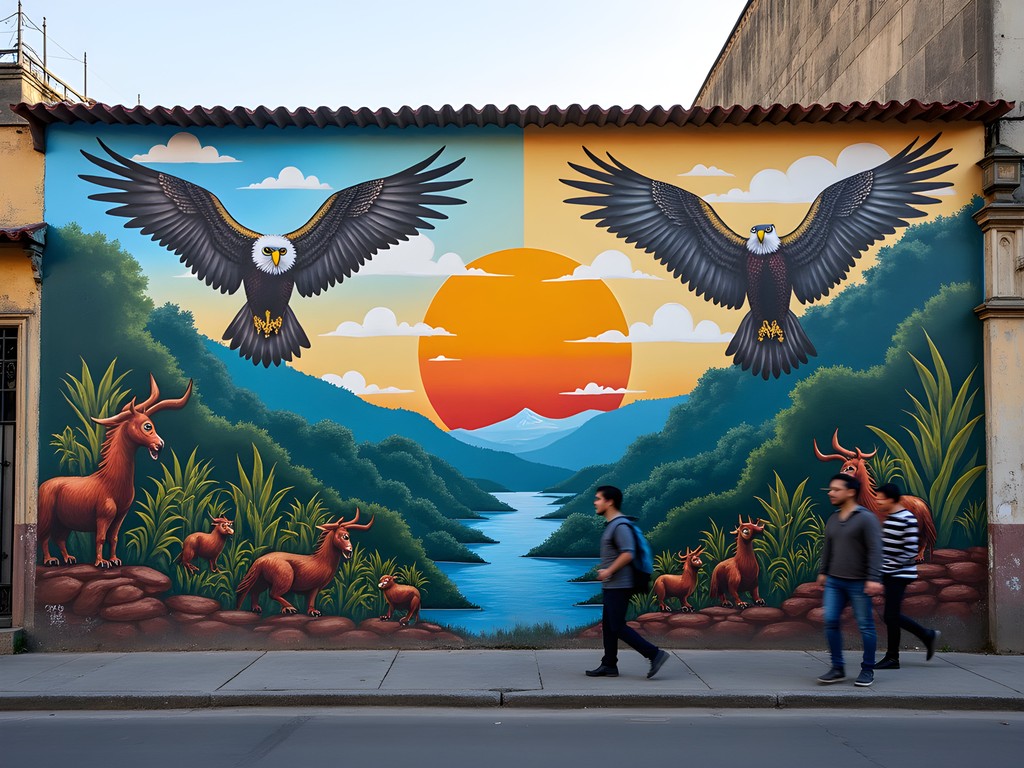
💡 Pro Tips
- Visit museums on Sundays for free entry
- Download the free 'Bogota Graffiti' app for self-guided street art tours
- Check university bulletin boards for free cultural events and lectures open to the public
Sustainable Transportation on a Shoestring
Navigating Bogota's sprawling urban landscape might seem daunting, but the city offers several budget-friendly and eco-conscious transportation options that make exploration accessible without contributing to the capital's air quality challenges.
The TransMilenio bus rapid transit system forms the backbone of public transportation in Bogota. At roughly $0.80 per ride, it's both economical and relatively efficient, though prepare for crowded conditions during rush hours. I recommend purchasing a Tu Llave card ($2) if you'll be making multiple trips—it's more convenient than buying single tickets and slightly cheaper in the long run. The system can be confusing at first, so I always download the TransmiSITP app for real-time route planning.
What truly sets Bogota apart is its cycling infrastructure. The city boasts over 350 km of dedicated bike lanes (ciclorutas)—one of the most extensive networks in Latin America. During my visits, I've made it a tradition to participate in the Sunday Ciclovía, when major roads close to cars from 7 AM to 2 PM, transforming into a massive public recreation space for cyclists, joggers, and walkers. You can rent bikes for around $3-5 per hour from numerous shops around La Candelaria or use the city's bike-sharing system.
For exploring La Candelaria and the central historic districts, walking is my preferred method. Not only is it free, but it also allows for those serendipitous discoveries that make travel memorable—like the time I stumbled upon a community garden project where local residents were teaching children about urban agriculture and indigenous crop varieties.
When I need to venture to farther neighborhoods like Usaquén or when returning from late-night salsa sessions, I use ride-sharing apps, which typically cost $3-5 for most inner-city trips—still within our daily budget if you limit their use. For safety and tracking purposes, I always make sure my portable charger is fully juiced up before heading out for the day, especially when relying on my phone for navigation and transportation apps.

💡 Pro Tips
- Download the TransmiSITP app to navigate the bus system like a local
- Rent bikes on weekdays rather than weekends for better rates
- Walk between attractions in the central districts to discover hidden gems and save on transportation costs
Free Natural Escapes Within the City
As someone who grew up hiking Kentucky's forests with my dad, finding green spaces in urban environments has always been essential to my travel experience. Fortunately, Bogota offers several stunning natural retreats that cost absolutely nothing to enjoy—perfect for budget travelers needing a break from the urban intensity.
Simón Bolívar Metropolitan Park, often called 'the lungs of Bogota,' spans over 970 acres—nearly four times the size of New York's Central Park. During my visits, I've joined locals for impromptu yoga sessions on the grass (a skill I've been cultivating for years), watched rowing competitions on the lake, and simply found quiet spots to observe the park's 100+ bird species. The park hosts free concerts and cultural events throughout the year, so check local listings during your visit.
For a more immersive natural experience, Quebrada La Vieja hiking trail offers a remarkable escape just minutes from the city center. The trail opened for limited morning hours (5-9 AM) after being closed for ecological restoration, and now provides a guided hiking experience through cloud forest ecosystems. Registration is required but free, and the reward is worth the early wake-up call—breathtaking views of the city below and encounters with endemic plant species. During my hike last month, our guide pointed out how climate change is affecting the páramo ecosystem's ability to supply water to the city—a sobering real-world example of what I study professionally.
Jardín Botánico de Bogotá is technically not free ($2 entrance), but it's worth every peso for plant enthusiasts. The botanical garden showcases Colombia's incredible biodiversity across different climate zones and features a special section dedicated to páramo ecosystems—high-altitude environments crucial for water regulation that are increasingly threatened by warming temperatures.
During outdoor adventures, I always carry my packable daypack which folds into itself when not needed but expands to hold water, snacks, and an extra layer for Bogota's changeable mountain weather. It's been my trusty companion from Costa Rican rainforests to Colombian highlands.
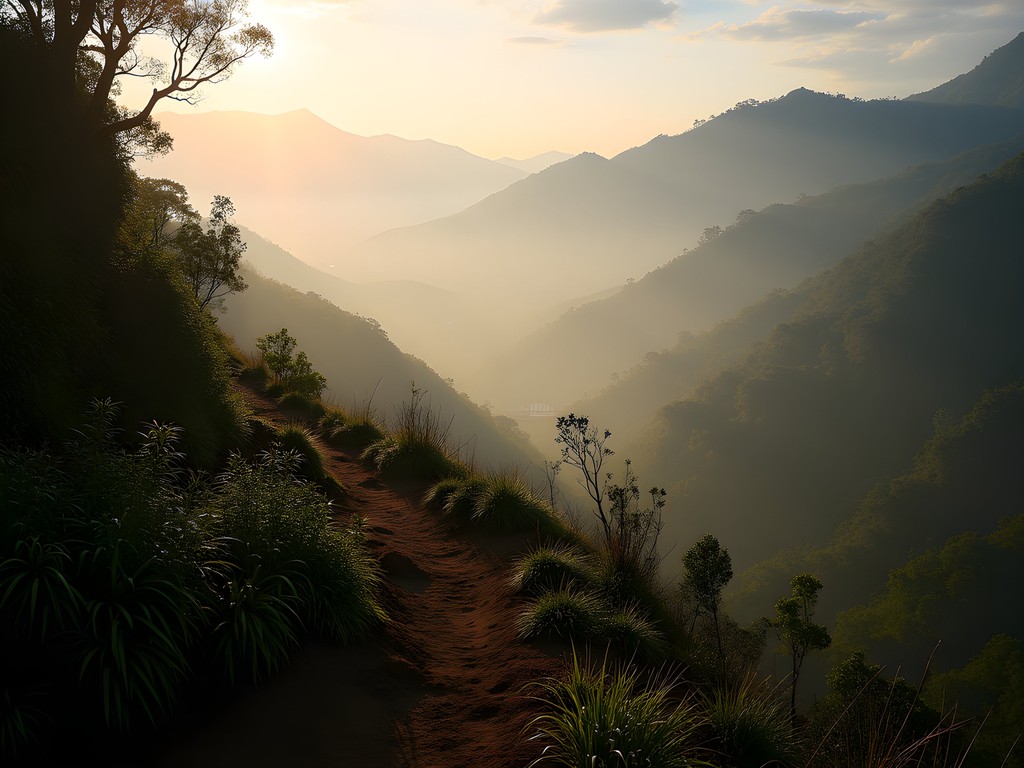
💡 Pro Tips
- Visit Quebrada La Vieja early (reserve online the day before) to avoid crowds and catch the best morning light
- Pack a picnic lunch to enjoy in Simón Bolívar Park to save on meal costs
- Check the botanical garden's schedule for free guided tours in English (usually Thursdays)
Connecting with Community-Led Initiatives
My background in environmental science has taught me that sustainable travel isn't just about reducing our carbon footprint—it's about creating positive impacts in the communities we visit. Bogota offers budget travelers unique opportunities to engage with local initiatives that don't cost much but provide rich cultural exchanges and learning experiences.
One of my most memorable experiences was participating in a community cooking class in Ciudad Bolívar, a neighborhood often overlooked by traditional tourism. For just $10, I joined local women who taught us how to prepare traditional Colombian dishes while sharing stories about their community garden project that's reclaiming urban spaces for food production. The fee goes directly to supporting their cooperative, and you get a delicious home-cooked meal in the process—a win-win for conscious travelers on a budget.
Ciclopaseos de los Miércoles (Wednesday Bike Rides) organize free weekly night rides through different Bogota neighborhoods. I joined one that focused on urban transformation projects, where we cycled through areas that have used public art, community gardens, and pedestrian spaces to revitalize once-neglected districts. Our guide explained how local environmental advocates have successfully pushed for green infrastructure to address flooding issues exacerbated by climate change.
For those interested in Colombia's complex social history, the Centro de Memoria, Paz y Reconciliación offers free exhibitions about the country's path toward peace. When I visited, I participated in a dialogue circle with former combatants now working on environmental restoration projects—a powerful reminder of how ecological healing often parallels social reconciliation.
During these community experiences, I often record interviews for my climate podcast using my portable audio recorder. Its compact size doesn't intimidate conversation partners, and the audio quality captures the nuances of these meaningful exchanges far better than my phone would.
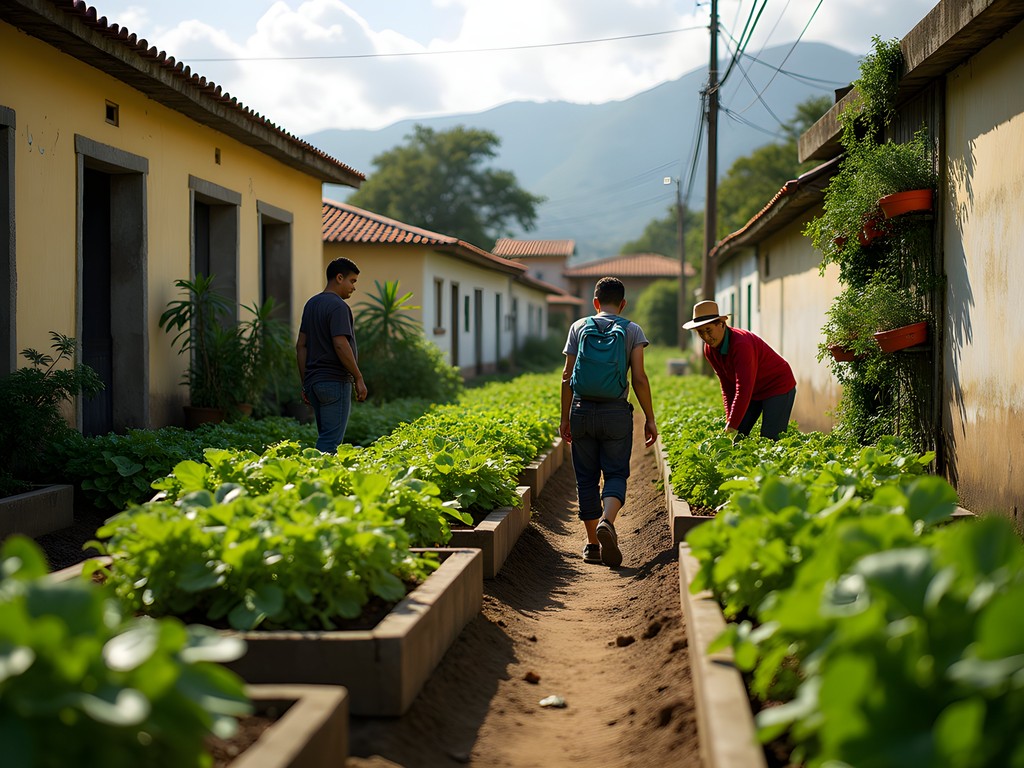
💡 Pro Tips
- Research community tourism initiatives before arriving using platforms like Impulse Travel that connect travelers with local-led experiences
- Set aside 10-15% of your budget for supporting community projects—it's often the most memorable spending
- Learn basic Spanish phrases related to environmental topics to better engage with local initiatives
Final Thoughts
As I boarded my flight back to Toronto after a week in Bogota, my wallet was only $210 lighter (averaging exactly $30/day), but my perspective was immeasurably enriched. This vibrant capital defies the notion that meaningful travel requires deep pockets—it simply demands curiosity and willingness to step beyond tourist bubbles. The connections I made with local environmental activists, the pre-dawn hikes above the city, and yes, even the crowded TransMilenio rides gave me insights into Colombia that no luxury experience could provide. Whether you're a student on semester break or a young professional maximizing limited vacation days, Bogota offers a rare combination of cultural depth, natural beauty, and urban energy that fits within even the most modest budget. As my abuela always says, 'Las mejores cosas de la vida no cuestan nada'—the best things in life cost nothing. In Bogota, they might cost just under $30 a day.
✨ Key Takeaways
- Bogota offers authentic cultural experiences at a fraction of the cost of other South American capitals
- Connecting with community-led initiatives provides the most meaningful experiences while supporting local development
- The city's extensive cycling infrastructure and public transportation make car-free exploration both affordable and environmentally friendly
📋 Practical Information
Best Time to Visit
Year-round (Bogota has consistent temperatures, though December-March tends to be drier)
Budget Estimate
$25-30 per day (excluding flights)
Recommended Duration
5-7 days
Difficulty Level
Intermediate

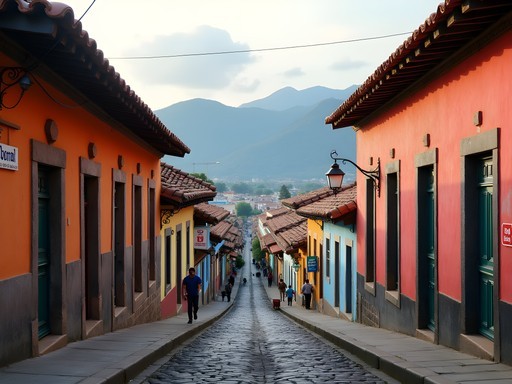
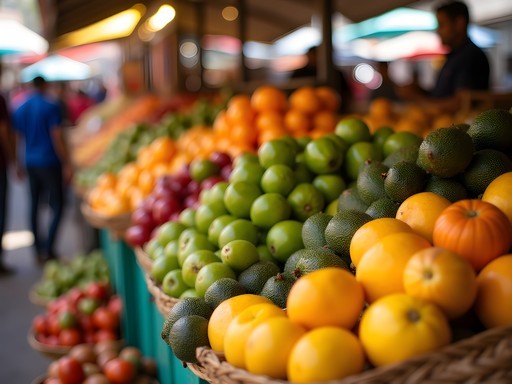
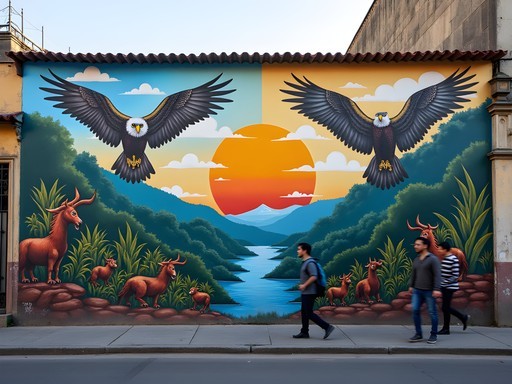
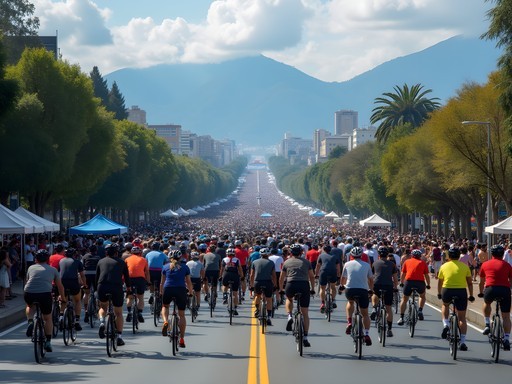

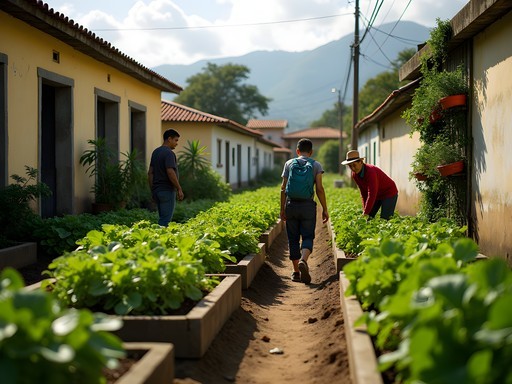


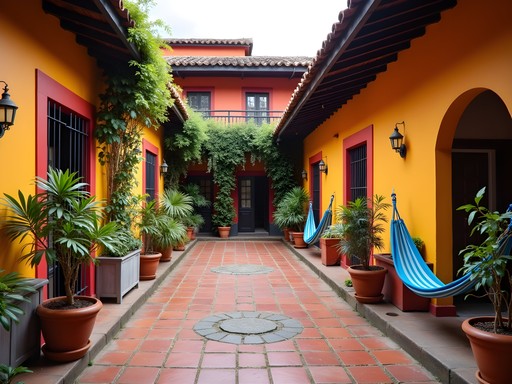
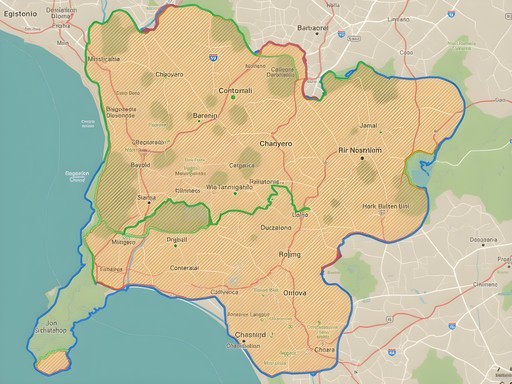
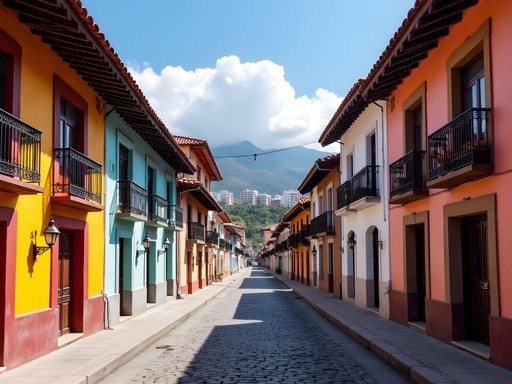
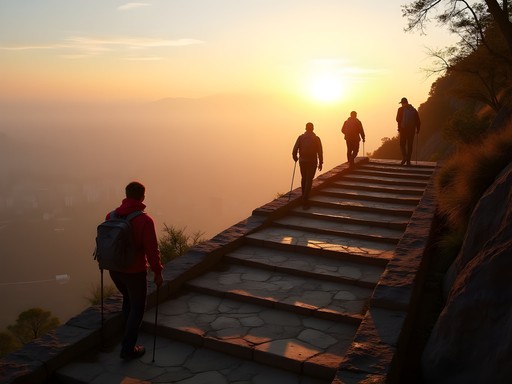

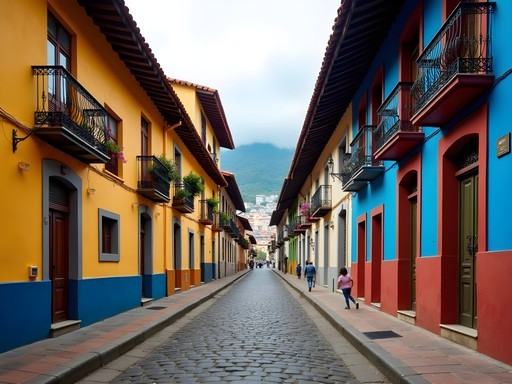
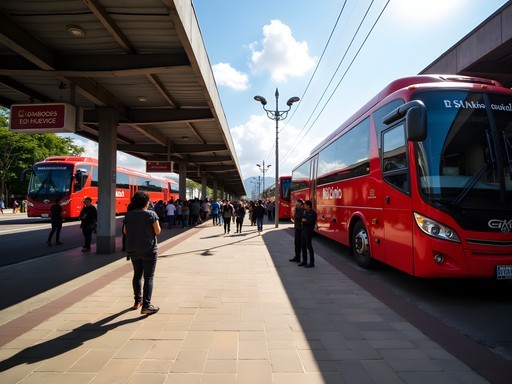
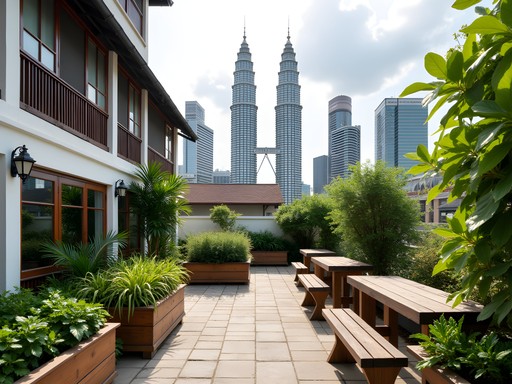
Comments
globeguide
OMG this post couldn't have come at a better time! Heading to Bogota next week and trying to stick to a tight budget. Those arepas look AMAZING! 😍 Did you have any issues with the altitude? I'm worried about getting sick the first few days.
Adam Lopez
The altitude can definitely hit you! Take it easy the first day, drink tons of water, and try the local coca tea which helps. The arepas are indeed life-changing - don't miss the ones at La Puerta Falsa!
Ahmed Greene
Excellent budget breakdown, Adam! Bogotá has changed so much since my first visit in 2012. Back then, I was nervous about using TransMilenio, but now it's my go-to for getting around. For accommodation, I'd add that Chapinero is another good neighborhood option with slightly better prices than La Candelaria but still central. My secret tip: visit Paloquemao Market early on weekdays (around 6-7am) when it's bustling with locals and you can get the freshest fruit for your daily breakfast. I filled up on exotic fruits I'd never even heard of for under $2. I always carry my money belt in Bogotá - not because it's particularly dangerous, but it's just smart in any big city when you're on public transport.
coffeeninja
Thanks for the Paloquemao tip! Adding it to my list for next month.
smartlover
Just got back from Bogota last week and can confirm everything in this post! We stayed in La Candelaria for $15/night at a great hostel. The free walking tour was definitely the highlight - our guide Juan was amazing and showed us all the street art in the neighborhood. One tip I'd add: the Sunday Ciclovía when they close roads to cars is the perfect free activity. Rent a bike for like $3 and see the city like a local!
skyzone
Great post! How safe did you feel using public transport at night? I've heard mixed things about Bogota after dark.
Adam Lopez
Thanks for asking! I generally avoided TransMilenio after 10pm, but used Uber which was super affordable. During the day, the public transport is totally fine if you stay alert like in any big city.
skyzone
That's really helpful, thanks Adam! Looking forward to my trip next month.
journeylover
Pro tip for anyone heading to Bogota: the altitude is no joke! I got hit with terrible altitude sickness my first day. Take it easy, drink tons of water, and maybe consider spending your first night in a mid-range place to adjust before moving to budget accommodation. The local coca tea helps a lot with the symptoms too!
summerrider
Any recommendations for vegetarian food options that won't break the bank?
dreamninja
Check out Quinua y Amaranto near the Botero Museum. Amazing vegetarian lunch menu for about $5. Also, most local restaurants offer vegetarian options for arepas and patacones!
smartace
Just got back from Bogota and this guide was SPOT ON!!! We stayed at Selina La Candelaria for $12/night in a dorm and it was awesome - great social vibe and they have free walking tours. The Paloquemao Market was incredible for cheap food - we had the best arepas there for like $1! Also don't miss the street art in La Candelaria - completely free and some of the best I've seen anywhere. We did splurge one day and took the cable car up to Monserrate for sunset - technically over budget but the views were 100% worth it. Oh and definitely try the hot chocolate with cheese at La Puerta Falsa - sounds weird but it's a local tradition and super delicious!
Savannah Torres
Adam, your budget breakdown is impressively detailed! When we visited with our family last spring, we stayed in Chapinero which was slightly pricier than La Candelaria but felt a bit safer with the kids. One money-saving hack we discovered: many museums have specific hours or days when entry is free. We planned our itinerary around these and saved about $40 for our family of four. The Sunday Ciclovía (when they close major streets to cars) was our kids' favorite activity - completely free and such a unique way to experience the city! For families, I'd recommend budgeting a bit more than $30/person, maybe closer to $45-50, especially if you want private rooms rather than hostels.
wanderlustlover
Did you feel safe using the TransMilenio? I've heard mixed things about pickpockets.
smartace
Not the author but I was in Bogota last year - TransMilenio is fine during daytime! Just keep your bag in front of you during rush hour. Super cheap and gets you everywhere!
Douglas Bradley
Great breakdown of budget options in Bogota, Adam. I was there in June and can confirm the TransMilenio is indeed the most cost-effective way to get around, though it can be overwhelming during rush hour. One thing I'd add is that the Museo del Oro (Gold Museum) is free on Sundays - absolutely worth planning around if you're on a tight budget. I'd also recommend staying in Chapinero rather than La Candelaria if safety is a concern, especially for solo travelers. The price difference is minimal but the peace of mind is worth it. I tracked my expenses using travel budget app and averaged about $28/day, so your $30/day estimate is spot on!
wanderlustlover
Is Chapinero safe at night? I'm a solo female traveler planning my first South America trip.
Douglas Bradley
Chapinero Alto is generally safe, especially near Zona G and Zona T. Just use normal city precautions - Uber at night rather than walking alone, keep valuables hidden, etc.
Venture X
Premium card with 2X miles, $300 travel credit, Priority Pass